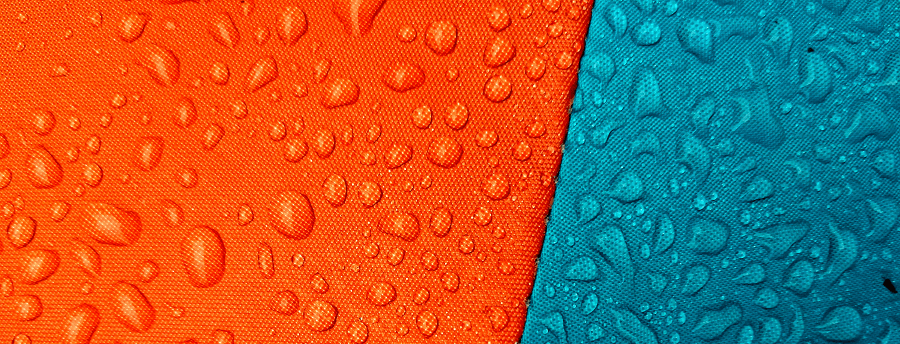
News
News
Here you can find all news concerning Stahl and the industries we are involved in. Use the filter for news selections by topic.

Here you can find all news concerning Stahl and the industries we are involved in. Use the filter for news selections by topic.